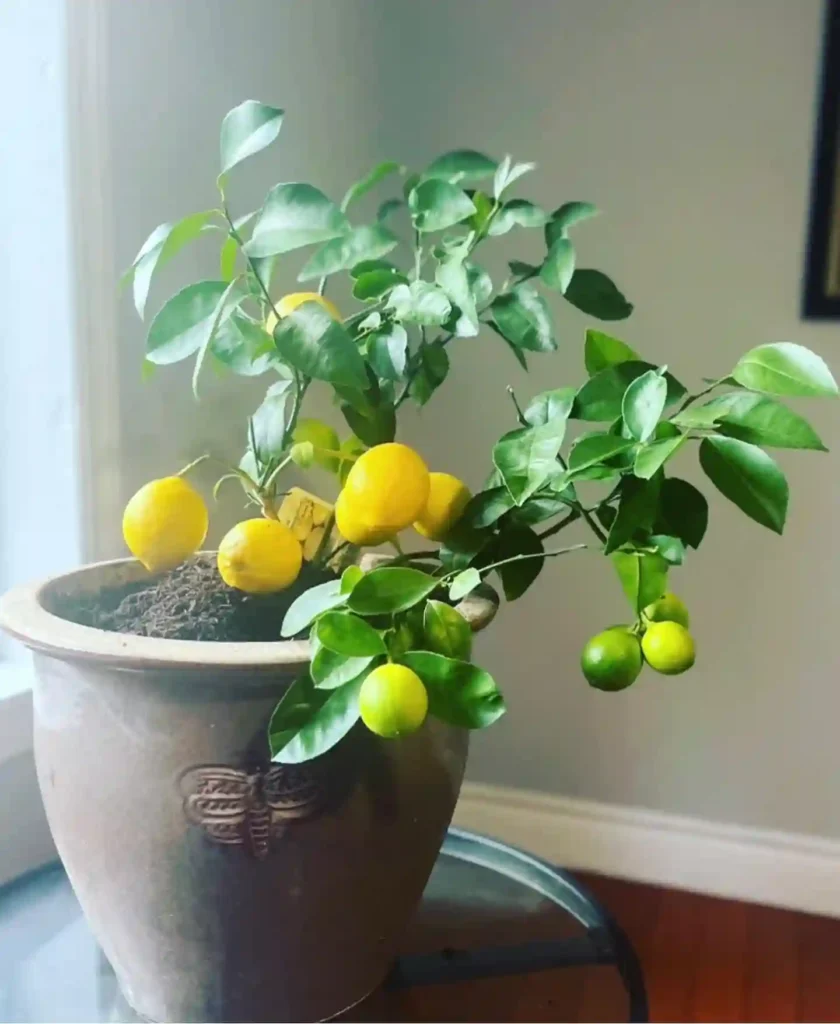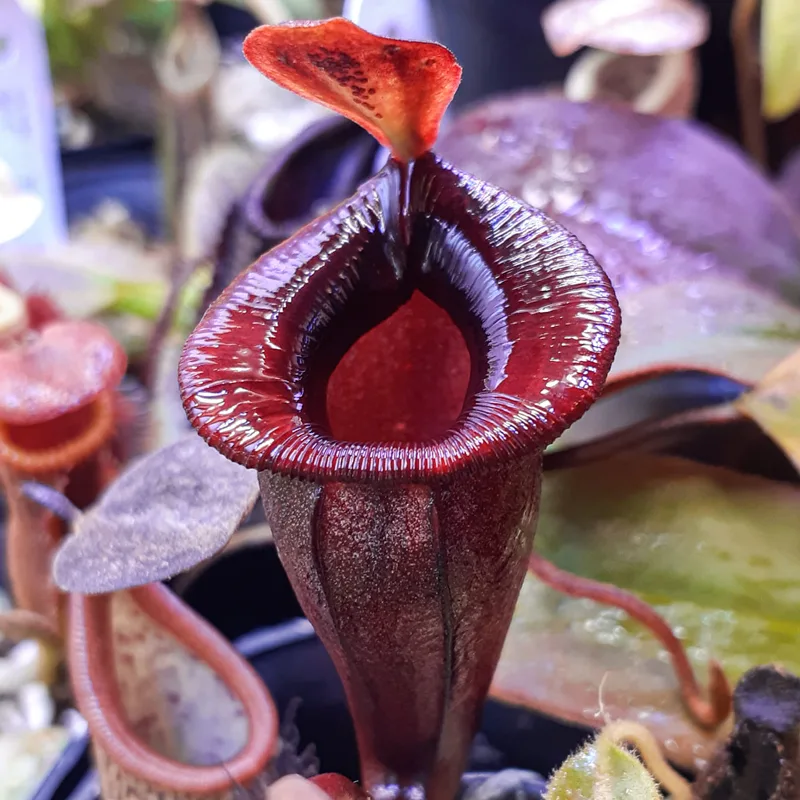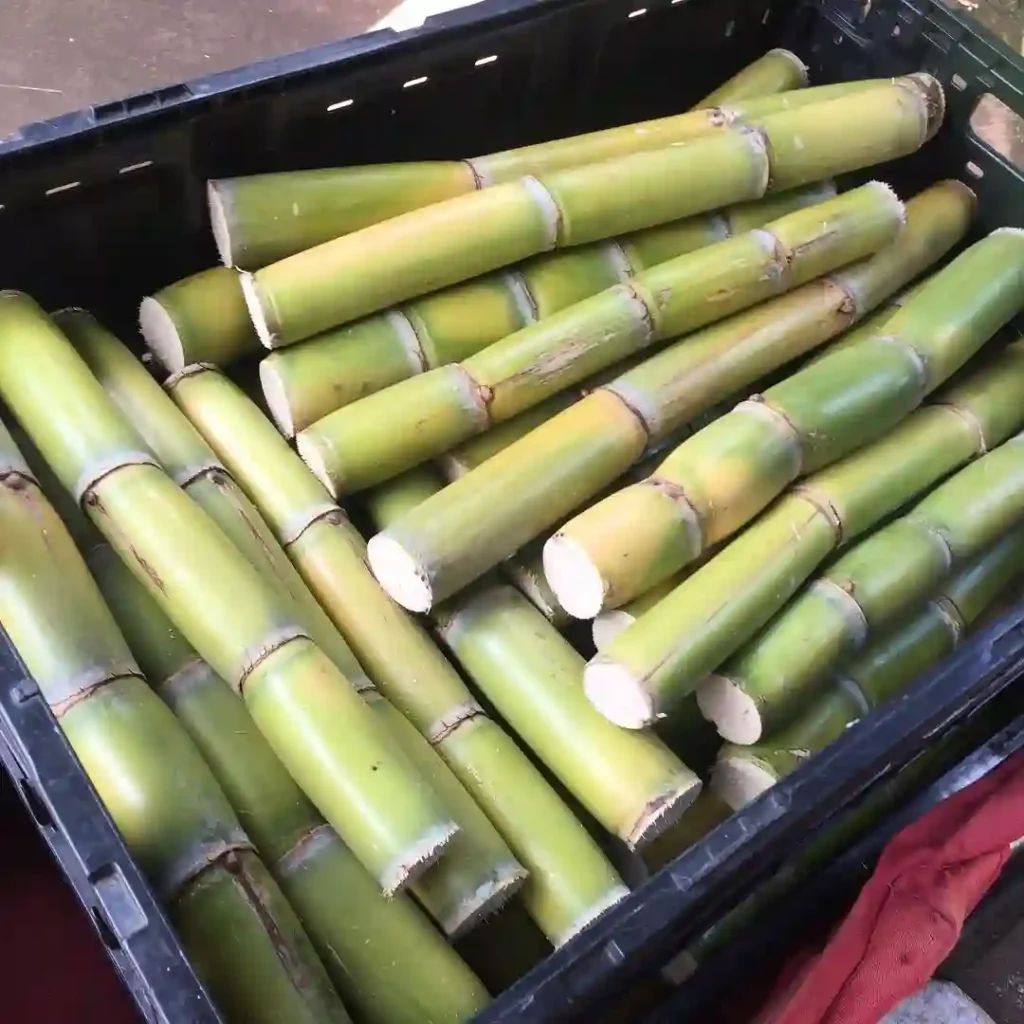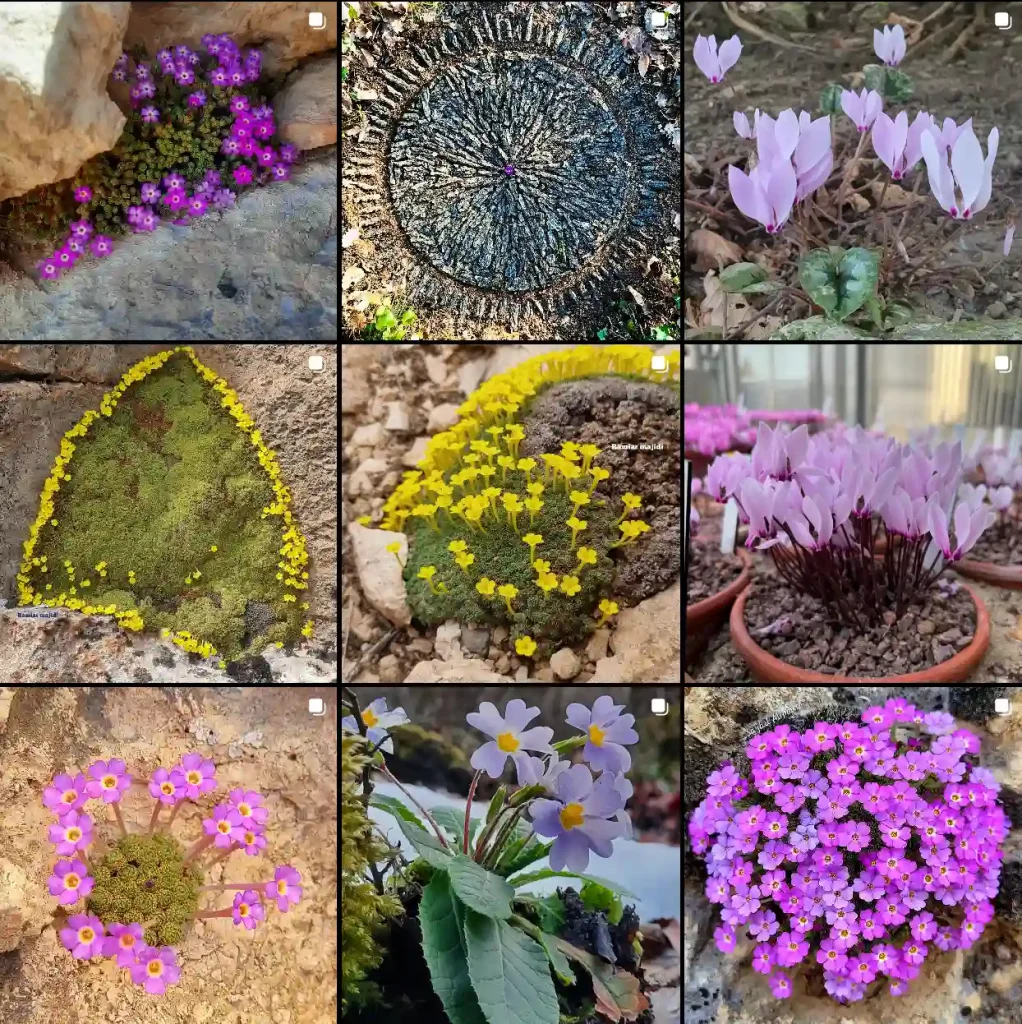What is Dioscorea Villosa?
Dioscorea Villosa, commonly known as wild yam or colic root, is a perennial vine native to North America. It belongs to the Dioscoreaceae family, which includes a variety of yam species. Dioscorea Villosa is noted for its long, heart-shaped leaves and its ability to produce tuberous roots that have been used in traditional medicine for centuries. The plant can grow up to 15 feet long and is often found in woodlands or shady areas.
635 Species in Genus Dioscorea
Dioscorea Villosa vs Dioscorea Batatas
When comparing Dioscorea Villosa to Dioscorea Batatas, also known as the Chinese yam or Dioscorea opposita, there are some key differences to note. Dioscorea Batatas is commonly grown for its edible tubers, which are used extensively in Asian cuisine. Unlike Dioscorea Villosa, which is primarily valued for its medicinal properties, Dioscorea Batatas is cultivated for its culinary uses and is more commonly found in gardens for this purpose.
Dioscorea Villosa has a more pronounced medicinal profile, often used to support hormone balance and manage menopause symptoms, whereas Dioscorea Batatas is more focused on nutrition and culinary applications. Visually, Dioscorea Batatas may have smoother, more cylindrical tubers compared to the often irregular and rough tubers of Dioscorea Villosa.
How to Care for Dioscorea Villosa?
Caring for Dioscorea Villosa involves a few key practices. The plant thrives in well-drained soil with plenty of organic matter. It prefers partial to full shade and can tolerate a range of soil types, although it does best in slightly acidic to neutral soil.
Regular watering is essential, especially during dry spells, but avoid waterlogging as it can lead to root rot. Mulching around the plant can help retain soil moisture and keep weeds at bay. Dioscorea Villosa is quite resilient, but providing a trellis or support structure can help it climb and grow more effectively.
How to Propagate Dioscorea Villosa?
Propagation of Dioscorea Villosa can be done through seed or by dividing tubers. Seeds should be sown in spring or early summer in a well-prepared seed bed. They typically require warm conditions to germinate. Alternatively, tubers can be divided and replanted in early spring. Ensure that each tuber has at least one bud or eye to encourage new growth.
What to Plant With Dioscorea Villosa
Dioscorea Villosa pairs well with other shade-loving plants such as ferns, hostas, and astilbes. Its vining nature makes it a good companion for taller plants that can provide additional shade and support. Planting it near other ground cover plants can help maintain moisture and reduce weed competition.
Can You Grow Dioscorea Villosa Indoors?
Growing Dioscorea Villosa indoors can be challenging due to its need for a significant amount of space and light. If you wish to grow it indoors, provide a large container and place it in a spot with bright, indirect light. Ensure the container has good drainage and maintain a consistent watering schedule.
Is Dioscorea Villosa Toxic?
Dioscorea Villosa is not considered toxic, but it is essential to use it appropriately. While it has been used in traditional medicine, it’s crucial to consult a healthcare professional before using it for medicinal purposes, especially if you have underlying health conditions or are taking other medications.
Benefits of Dioscorea Villosa
Dioscorea Villosa is known for its potential health benefits. It is often used in traditional medicine to support hormone balance, alleviate menopausal symptoms, and aid digestive health. Some herbal practitioners also use it to address joint pain and inflammation.
Common Problems with Dioscorea Villosa
Common problems with Dioscorea Villosa include pest issues such as aphids or spider mites, which can affect its foliage. Root rot is another issue, particularly in poorly drained soil. Ensuring proper drainage and maintaining a clean garden environment can help mitigate these problems.
Compare with Other Confused or Similar Items
Dioscorea Villosa is sometimes confused with other yam species, such as Dioscorea Alata (water yam) or Dioscorea Cayanensis. While these plants share similar characteristics, Dioscorea Villosa is distinguished by its specific medicinal uses and its native North American habitat. Dioscorea Alata is often grown for its larger, edible tubers, while Dioscorea Cayanensis is known for its unique growth habits and regional uses.
In summary, Dioscorea Villosa is a versatile plant with a range of applications from medicinal to ornamental. Understanding its needs and uses can help you make the most of this interesting species. Whether you’re considering it for its potential health benefits or simply as a unique addition to your garden, Dioscorea Villosa offers a fascinating glimpse into the world of medicinal plants.
If i die, water my plants!



